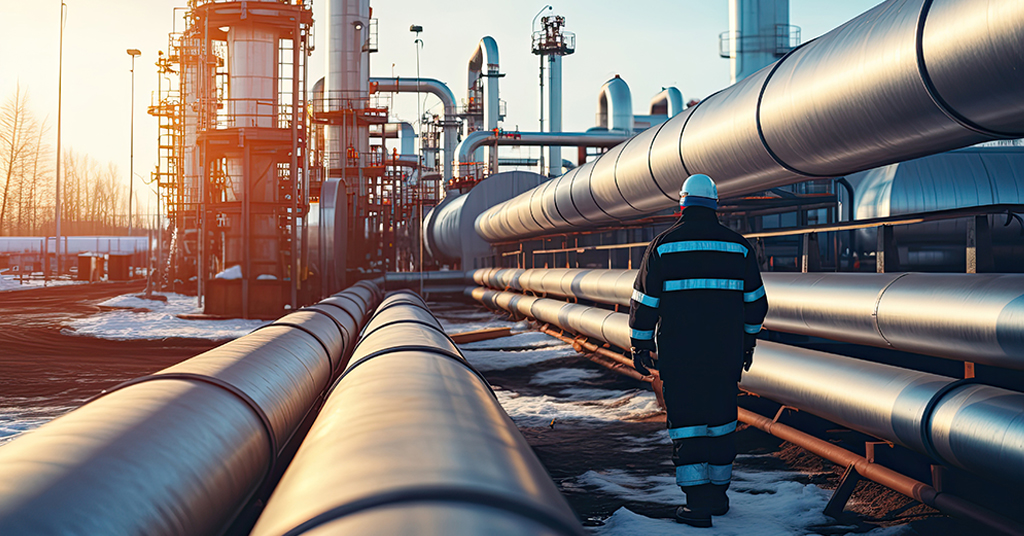Table of Contents
- The Importance of Regular Pipeline Inspections
- Types of Pipeline Maintenance Techniques
- The Process of Pipeline Pigging and Its Benefits
- The Environmental Impact of Pipeline Leaks and Failures
- Cost Savings Associated with Effective Pipeline Maintenance
Key Takeaways
- Regular inspections and maintenance are vital for the efficient and safe operation of pipelines.
- Pipeline pigging is crucial for maintaining cleanliness and flow efficiency within pipelines.
- Preventative maintenance can lead to significant cost savings and reduced environmental risks.
The Importance of Regular Pipeline Inspections
Regular inspections are the backbone of pipeline integrity management, serving as a preventive measure against the escalation of undetected issues and ensuring the safe transport of vital resources. These inspections are essential in preventing accidents that can lead to large-scale environmental damage, production losses, and potential human harm. The importance of maintaining a routine inspection schedule cannot be overstated, as it allows for the early detection of possible issues that could disrupt the flow and efficiency of the pipeline system.
Cutting-edge technologies have revolutionized pipeline pigging inspections, enabling more accurate detection of anomalies without significantly disrupting operations. Methods like magnetic flux leakage, intelligent pigging systems, and ultrasonic testing provide deep insights into a pipeline’s condition, preventing malfunctions that might result in loss of containment.
Types of Pipeline Maintenance Techniques
Pipeline maintenance encompasses various techniques, from rudimentary visual inspections to advanced robotic tools. Proactive measures such as regular cleaning and applying protective coatings help to forestall the onset of corrosion and other forms of deterioration. In contrast, reactive maintenance involves repairs to identify an existing flaw or failure.
A comparison of preventive and reactive strategies reveals the preferability of the former, although unpredictable occurrences sometimes necessitate the latter. Preventive maintenance typically employs non-intrusive measures, like cathodic protection and regular pigging operations, to minimize damage accrual over time, while reactive strategies involve measures like pipeline repair clamps after the damage has occurred.
The Process of Pipeline Pigging and Its Benefits
Pipeline pigging is a crucial tactic for preserving the reliability and effectiveness of pipeline operations. Operators can use a pig device to perform maintenance tasks from within the pipeline, ranging from cleaning to detailed inspection. Pipeline pigging ensures a clear passage for transporting liquids and gases, effectively preventing blockages that could diminish flow rates or even cause shutdowns.
Technological advancements have given rise to intelligent pigging systems that can provide crucial data on the state of the pipeline, such as wall thickness and location of dents or corrosion spots. Smart pigs, outfitted with various sensors and measurement tools, can traverse pipelines, collecting detailed data that feeds into predictive maintenance algorithms, thereby aiding in the scheduling of repairs and enhancing pipeline longevity.
The Environmental Impact of Pipeline Leaks and Failures
Leakage and pipeline failures pose significant environmental threats, often contaminating land and water resources. Irreversible damage to local ecosystems and the well-being of communities situated near pipelines can ensue from such events. Therefore, industry players must prioritize robust maintenance protocols to deter such occurrences and align with global environmental conservation goals.
Leak detection technologies and vigilant maintenance practices contribute to quick identification and rectification of leaks, thereby curtailing their environmental impact. Cutting-edge tools such as infrared cameras, vapor-sensing tubes, and traditional methods like hydrostatic testing collectively form a formidable defense against undetected leaks.
Cost Savings Associated with Effective Pipeline Maintenance
Cost management in pipeline operation is significant, with maintenance protocols playing a critical role in defining the longevity and efficiency of the infrastructure. Proactive maintenance, while incurring upfront capital outlay, presents dramatic cost savings over the pipeline’s lifespan by staving off significant repairs and ensuring continuity of service, which otherwise could be compromised by unforeseen outages and expensive remediation efforts.
Economic analyses have substantiated that routine maintenance is more cost-effective than unscheduled repairs or full-scale replacements.

